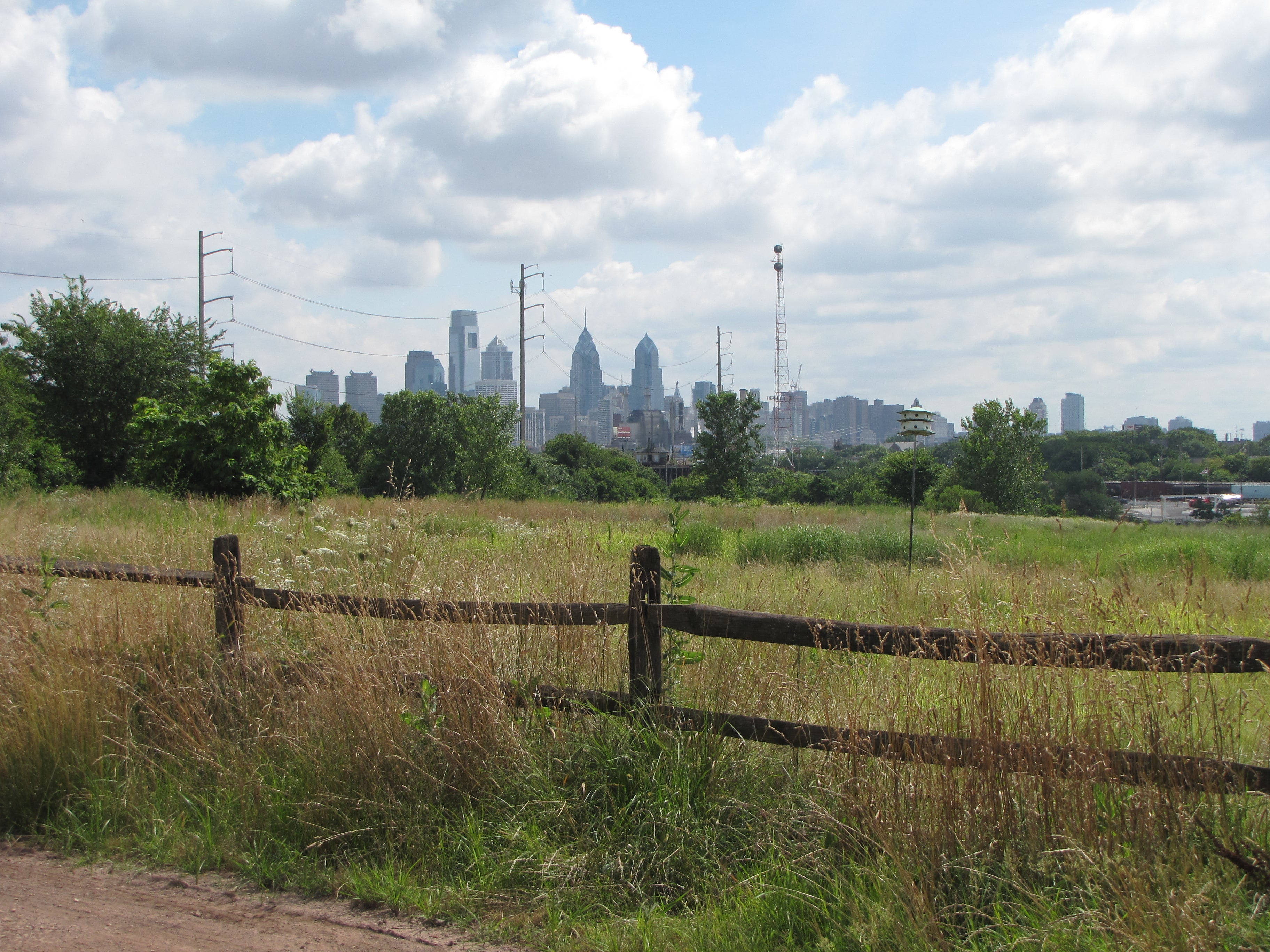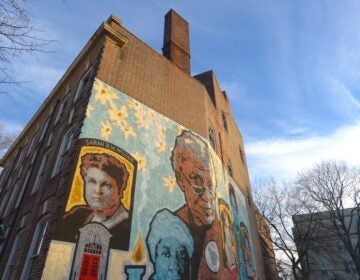Beat: Public Space, Historic Structures, Parks and Rec, Architecture

Whether I’m covering Historical, Art, or Parks & Recreation commission meetings, or simply nosing around town on one of my daily and endless walks, the stories that are most likely to grab my attention are the ones that concern how we interact with, benefit from, and can improve upon our public spaces (including institutional architecture). During the last few years, the city has displayed a lot more sensitivity to this arena. This year, for the most part, that trend continued. Here are five stories that made a lasting impression in 2012— and all of which will impact us in the coming years.
Green Is Good
Another PHS pop-up garden [http://planphilly.com/phs-pops-again], the continued promise of an ever-expanding Schuylkill River trail, and the unveiling of four new parks [http://planphilly.com/parks-recreation-adds-four-new-parks-season], made 2012 a big year for urban open spaces.
The centerpiece of Park & Recreation’s foursome was the renovation of Sister Cities Park by Bryan Hanes Studio and Digsau, an instant success. Hot on its heels, the completely new Hawthorne Park [http://planphilly.com/citys-newest-plot-public-green-space-hawthorne-park-opens] offered framed skyline views on the site of a controversial housing project. Two new riverside parks, Lardner’s Point and Grays Ferry Crescent, also came online. The latter, along with the opening of the Schuylkill River Park Connector Bridge and discussions of a new trail in and around Bartram’s Gardens, [http://planphilly.com/making-bartrams-mile-reality] provided ongoing momentum for the city’s southwestern edge.
Barnes Is Better
At long last, The Barnes Foundation [http://planphilly.com/day-barnes-storming] opened its Center City museum. The lightbox, the limestone, the lawsuits — all made worldwide headlines. Here in Philadelphia, we quibbled about how the building addressed the Parkway (and parking), but in general Tod Williams and Billie Tsien’s graceful attempt to instill their individual stamp on a highly-governed design brief garnered raves. Most importantly, the opening introduced a new and dominant presence on an ever-improving Benjamin Franklin Parkway,
Singling Out Singular Spaces
We may not always get things right — but at least we’re learning to recognize and correct for previous inadequacies. This year, all four of Center City’s most troublesome public spaces progressed through various stages of redevelopment. The Art Commission weighed in several times on plans to amend the Kimmel Center with a new restaurant and other improvements [http://planphilly.com/art-commission-approves-kimmel-project-seeks-more-details-southstar-lofts-public-art]; public forums and design competitions looked (again) at the Avenue of the Arts [http://planphilly.com/four-shots-pumping-more-life-south-broad-street] and the Benjamin Franklin Parkway [http://planphilly.com/more-citizen-driven-ideas-parkway]; and City’s Hall Dilworth Plaza [http://planphilly.com/art-commission-approves-family-court-addition-dilworth-plaza-subway-concourses] is now a heap of rubble en route to a completely new redesign that will include everything from a major public art installation to a totally reworked subway concourse.
Neglecting Sacred Ones
As new Mormon headquarters church readies to rise on the Parkway [http://planphilly.com/art-commission-grants-final-approval-mormon-temple], the endangered Church of the Assumption remains in the news. In a piece centered on the Graduate Hospital neighborhood [http://planphilly.com/graduate-hospital-neighborhood-microcosm-churches-under-siege], we took a look at the sorry state of some of the city’s historic places of worship. (Meanwhile, Alan Jaffe reported some good news in November: the 19th St. Baptist Church, designed by Frank Furness, had turned a corner — onto the road to recovery: http://planphilly.com/landmark-furness-church-road-salvation)
The Lit Gets, Well, Lit
Back and forth, back and forth they went — even taking the time to craft a mockup. In the end, the Historical Commission decided that, with modifications, an LED sign that attempted to mimic one from a bygone era was historically appropriate to place atop the Lit Brothers Building. [http://planphilly.com/historical-commission-approves-lit-brothers-sign] A closely-watched case, the application represented the first proposal since an ordinance created the East Market Street Commercial Advertising District last summer.
Contact the reporter at jgreco@planphilly.com and follow her on Twitter @joanngreco
WHYY is your source for fact-based, in-depth journalism and information. As a nonprofit organization, we rely on financial support from readers like you. Please give today.






